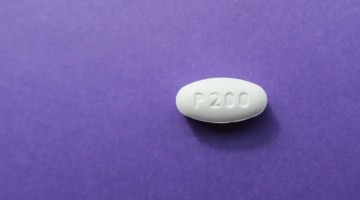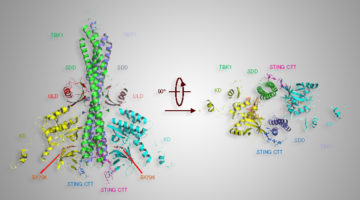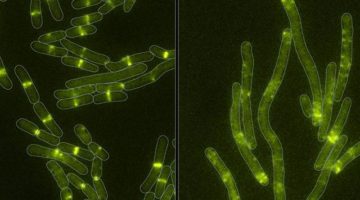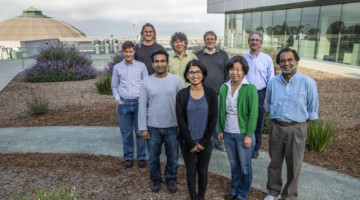X-rays allow researchers to map out the 3D structure of proteins relevant to diseases at the scale of molecules and atoms, and the ALS has been recalled to action to support research related to COVID-19, the coronavirus disease that has already infected about 2 million people around the world. Read more »
Discovery of a Covalent Inhibitor of KRASG12C (AMG 510) for the Treatment of Solid Tumors
KRASG12C has emerged as a promising target in the treatment of solid tumors; however, clinically viable inhibitors have yet to be identified. Here, researchers report on structure-based design and optimization efforts, culminating in the identification of AMG 510, a highly potent, selective, and well-tolerated KRASG12C inhibitor currently in phase I clinical trials (NCT03600883). Read more »
A Citizen-Science Computer Game for Protein Design
Using the computer game, “Foldit,” nonexpert citizen scientists designed new proteins whose structures, verified at the ALS, were equivalent in quality to and more structurally diverse than computer-generated designs. The work shows the potential of using crowd-based creativity in the design of new proteins for fighting illness and disease. Read more »![]()
![]()
X-Ray Experiments Contribute to Studies of a Drug Now Approved to Combat Tuberculosis
The U.S. Food and Drug Administration has approved a new antibiotic that, in combination with two existing antibiotics, can tackle one of the most formidable and deadly treatment-resistant forms of the bacterium that causes tuberculosis. Studies exploring the structure and function of the new drug benefited from x-ray experiments at the ALS. Read more »
X-Ray Studies Key in Study Relating to Immune System-Signaling Protein
A grouping of amino acids—part of an important signaling protein, STING—plays an important role in activating the immune system. A study conducted through the Collaborative Crystallography program at the ALS confirmed how this part of the STING protein helps to bind a protein-modifying enzyme associated with autoimmune diseases and some cancers. Read more »
A Two-Pronged Defense against Bacterial Self-Intoxication
Researchers solved the structure of a bacterial toxin bound to a neutralizing protein, revealing two distinct mechanisms for how the toxin-producing bacteria avoid poisoning themselves. The findings offer clues to the evolutionary origins of the potent toxins that enable bacterial pathogens to cause human diseases such as cholera and diphtheria. Read more »![]()
![]()
Scientists Capture Photosynthesis in Unprecedented Detail
Scientists have captured a more detailed picture than ever of the steps in photosynthesis, the process by which plants use sunlight to split water and produce oxygen while making the carbohydrates that sustain life on Earth. The idea is eventually to have a continuous movie of how water is split into oxygen, and how plants do that using sunlight. Read more »
Unwinding a Quadruple Helix
The double helix is not the only structure formed by DNA and RNA. Guanine-rich DNA and RNA sequences can fold into quadruple-helix structures called G-quadruplexes. Recently, researchers visualized the unfolding of a G-quadruplex by a protein called DHX36, gaining valuable insight into a potential target for drug development. Read more »
Open and Shut: Pain Signals in Nerve Cells
Researchers used x-ray data to define the structure of a closed protein gate important for neuronal signaling. Comparing the closed gate with previously known structures of the same gate when open, researchers now have a comprehensive picture of proton-dependent channels in neurons. Read more »
Structures Reveal New Target for Malaria Vaccine
Researchers isolated human-derived antibodies that protect against malaria, and protein-structure studies revealed the antibodies’ site of attack. The discovery paves the way for the development of a more effective and practical human vaccine for malaria, which is responsible for half a million deaths every year. Read more »![]()
![]()









